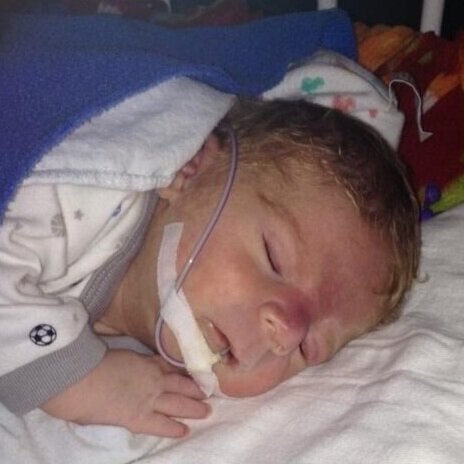Have you ever seen somebody jump up and down, flap their hands, or rock back and forth? These are a few of the many self- stimulatory behaviors that people with sensory processing disorder (SPD) and autism spectrum disorder (ASD) participate in.
What is sensory processing disorder?
SPD is a diagnosis recognized by the field of occupational therapy, but it is a controversial term in other disciplines. However, there is agreement between fields that many people with ASD have sensory dysregulation, or experiences of hypersensitivity (too much sensory input) or hyposensitivity (not enough sensory input). A healthy way to process these different sensory experiences is to participate in stimming. Stimming is a way for people with SPD to self-regulate their bodies and their sensory systems.
Naoki Higashida, a 13-year-old boy with ASD, describes the reason he jumps: “I can feel my body parts really well… and that makes me feel so, so good… it’s as if I’m shaking loose the ropes that are tying up my body.” (Higashida 47-48)
Some think that stimming can isolate people with ASD and hinder their inclusion in their community, so they try to unteach these behaviors or teach people to only self-stim in private. These actions can make people feel ashamed and secluded.
Everybody stims to some degree; for example, shaking your leg in class, clicking a pen, pacing, etc. Many neurotypical people are socially aware of these actions and either do them in private or do them in a way that the people around them do not notice, however, these are important actions that keep us calm and focused. We should not take these safe, self-soothing behaviors away from people with SPD.
What can we do?
1. Allow your child, student, or friend to do what they need to do to feel regulated in a safe and judgement free zone.
2. Learn more about SPD from the perspective of someone with autism by checking out this video https://www.youtube.com/watch?v=upU-dc19Taw or reading more from The reason I jump by Naoki Higashida.

























